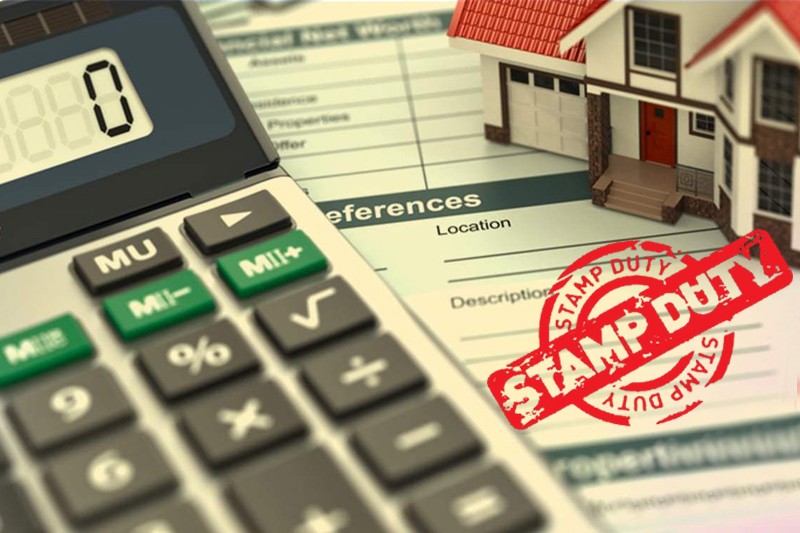According to the India Brand Equity Foundation, the Indian real estate sector is expected to reach 1 trillion US dollars by the year 2030. With urbanisation and increased incomes, investors are favouring Indian real estate as a preferred choice of asset class. This is especially true with the top Indian cities. For example, a considerable number of investors, NRIs, and first-time homebuyers are looking to buy a property in Chennai as a viable means of investment.
Before buying a property, apart from researching the property and the buying process, a potential homebuyer would spend a lot of time researching home loans. After all, easy home loans and tax benefits that come with it are the powerful impetus for homebuyers in India.
When applying for a home loan, it is crucial to understand all the parameters and the related terminology for a smooth home loan approval and repayment. EMIs are a crucial part of this because calculating the EMI beforehand will help a homebuyer in planning their monthly budget and repayment schedule. This article will help you understand everything about EMIs, from the different types available in the market to how they are calculated.
What Is an EMI?
In its most basic form, a home loan is a loan which is divided into multiple, equal instalments that can be repaid over certain years. An equated monthly instalment (EMI) is one portion of the divided amount that goes towards repaying the outstanding loan amount. The amount is due to be paid, online or by cheque, on a fixed date every month.
An EMI is made up of two segments, a Principal Amount and an Interest Component.
What Are the Factors Affecting EMI?
An EMI is affected by multiple factors like:
Principal Amount
This refers to the borrowed loan amount. It is the most important factor affecting an EMI because the EMI increases as the loan amount increases. On the other hand, if you prepay your loan during the tenure, your principal amount decreases, thereby reducing the EMI.
Interest Rate
The Rate of Interest is calculated based on multiple factors like a loan applicant’s income, credit history, repayment capacity, current market situation, etc. For example, when you opt for a floating interest rate, the interest changes according to the market situation, thereby affecting the EMIs. The higher the interest rate, the higher the EMI. Whereas, for a fixed interest rate home loan with no default or part-payment, the EMI does not change through the tenure of the loan. The EMI paid goes towards paying off both principal and interest of the loan.
Loan Tenure
Also called the tenor, tenure of home loan is another important factor that affects the EMI. The tenure of the home loan is inversely proportional to the amount of EMI. In other words, the longer the tenure the lower the EMI.
The Resting Period
This factor comes into play if you have opted for a floating rate of interest. In general, as you pay your EMI every month, the outstanding loan amount reduces. However, as the intervals at which banks recalculate the outstanding principal varies, it affects the interest paid on the principal. In a home loan repayment, these intervals, daily, monthly, quarterly, yearly, are called resting periods. According to the resting period stated in the loan agreement, the bank recalculates the outstanding loan balance.
During an annual rest, the loan amount is recalculated after 12 months. Usually, the outstanding loan amount reduces upon paying the interest and EMI after each month. However, in an annual rest, the repayment reflects only after a year. So, the borrower pays interest on the same loan amount throughout the year despite repaying the principal amount.
During a monthly rest, the loan amount is recalculated each month. So, outstanding balance decreases accordingly, thereby reducing the borrower’s interest-paying liability.
What Are the Common Types of EMI?
There are three common types of EMI for home loans in India.
Pre-EMI
It is the simple interest paid on the principal borrowed. When one takes a home loan for an under-construction property, the loan amount will be disbursed in instalments depending on the stage of construction. In these cases, pre-EMIs are paid on the amount disbursed, between the first disbursal and the complete loan disbursal. After the complete loan disbursal, the borrower will start paying EMIs.
Tranche-Based EMI
For an under-construction property, a borrower can opt for a tranche-based EMI wherein the borrower starts repaying the principal amount as soon as the amount is disbursed.
Accelerated EMI
In this method, the borrower pays a fixed amount initially and can increase the EMI anticipating a future income rise.
How Is Equated Monthly Instalment Calculated?
EMI for a home loan is calculated based on the tenure, loan amount, and the monthly interest rate. It is calculated as follows:
P X R X (1+R)^N
---------------------
(1+R)^N-1
Where,
P = principal or loan amount
R = interest rate per instalment
N = number of instalments
EMI Calculator
Since EMIs are paid every month, a gross miscalculation may severely affect your spending plan. You can use home loan calculators to earmark the EMI you are supposed to pay and get a clear idea of how EMIs are calculated.
To calculate the EMI of a future Home Loan on your own, click here.
As EMIs make a very important part of the repayment schedule, comprehensive knowledge about it is essential. Apart from planning the tenure and principal, you can also ensure you do not miss a payment due to inaccurate planning.













